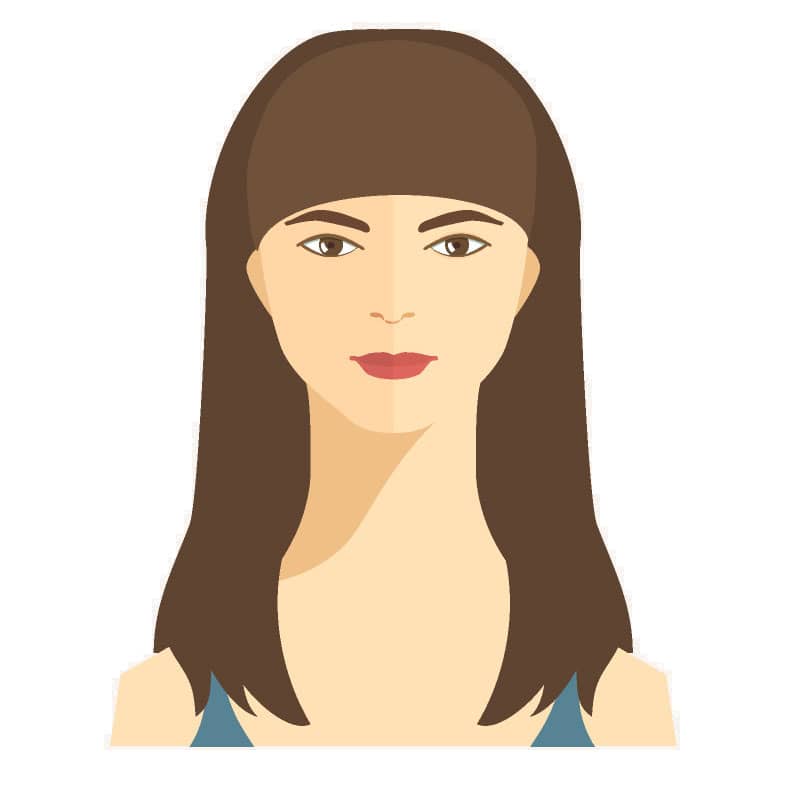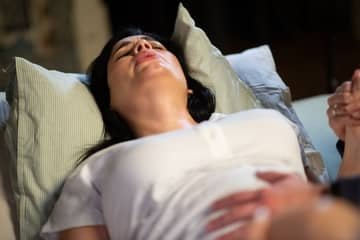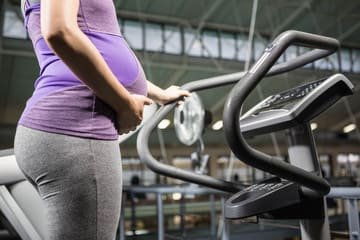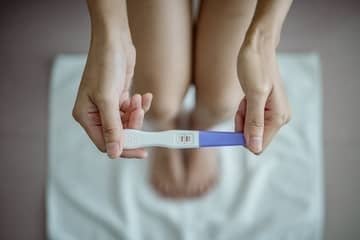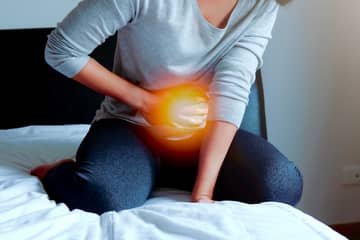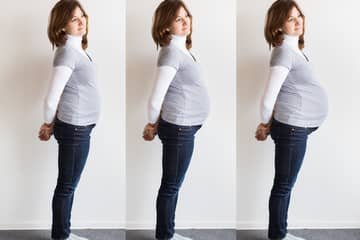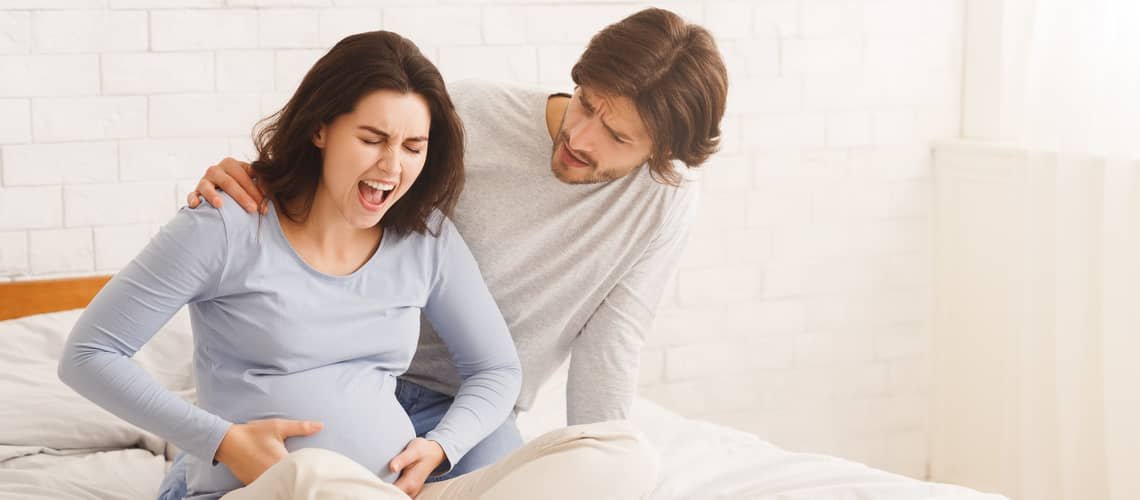
How bad do contractions hurt?
During contractions, oxytocin is secreted in the brain, which leads to contraction of the uterus. It is a hormone that is produced in the hypothalamus and released into the blood. It strengthens the contractions of the uterus and at the same time encourages the activity of endorphins, thanks to which a woman's resistance to pain increases. Therefore, a woman perceives them less intensively. In some women, artificial oxytocin is used to induce labor, the synthetic hormone does not have such strong effects, so the contractions after it are stronger and more painful.
Pain during contractions cannot be compared to any known pain, such as fracture or menstrual pain, although women often compare these pains to severe menstrual pain. Menstrual blood drains from the uterus through the cervix, which is relatively tightly closed in a woman who has not yet given birth. Some women experience menstruation, getting rid of an unnecessary part of the lining from the uterus, very unpleasant. The gradual opening of the cervix and increasing fatigue in the laboring mother increase the pain. The pain appears in the lower abdomen and is not localized to one place. It shoots into the spine, pelvis, hips or thighs. Usually, the pain is sudden and gradually subsides until the arrival of the next contraction. Pain is different for every woman, it is related to the pain threshold. The closer the birth, the greater the pain.
The most painful contractions are in the phase when the head and shoulders have to push through the birth canal. The intervals between contractions are short and alternate quickly. Proper breathing helps to reduce pain from contractions. Thanks to it, the contractions are divided into several smaller parts and the mother-to-be gets the feeling that they are more manageable and less intense.
In the first stage of labor, the intervals of contractions are shortened (5 min. and less) and the contractions themselves are prolonged (45+ s). They are strong and long, they follow each other quickly. In the second phase, contractions help the baby enter the birth canal, eventually helping to separate the placenta from the walls of the uterus.
In discussions, moms describe contractions as regular cramps in the abdomen and lower back, like heavy menstruation. The pain is so strong that it can make you want to vomit. It is advisable to move, heat, a hot water bottle or a shower will help.
Pridať komentár
